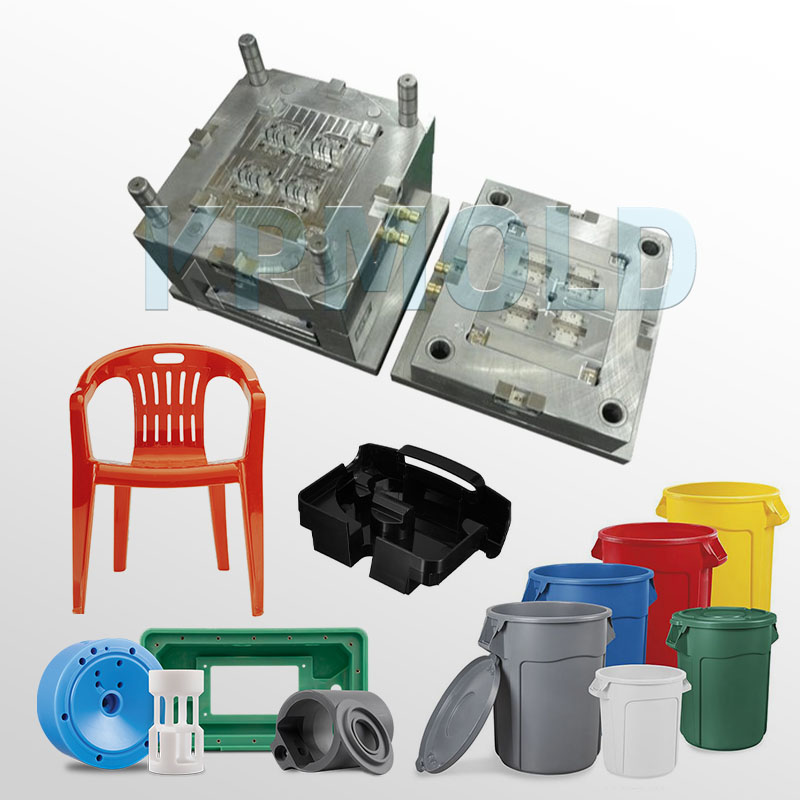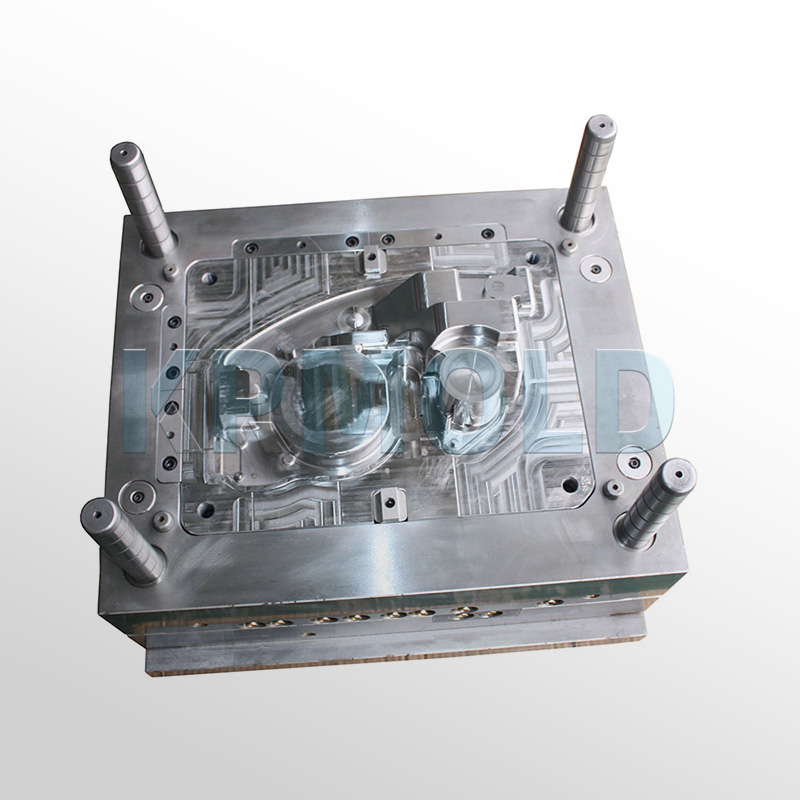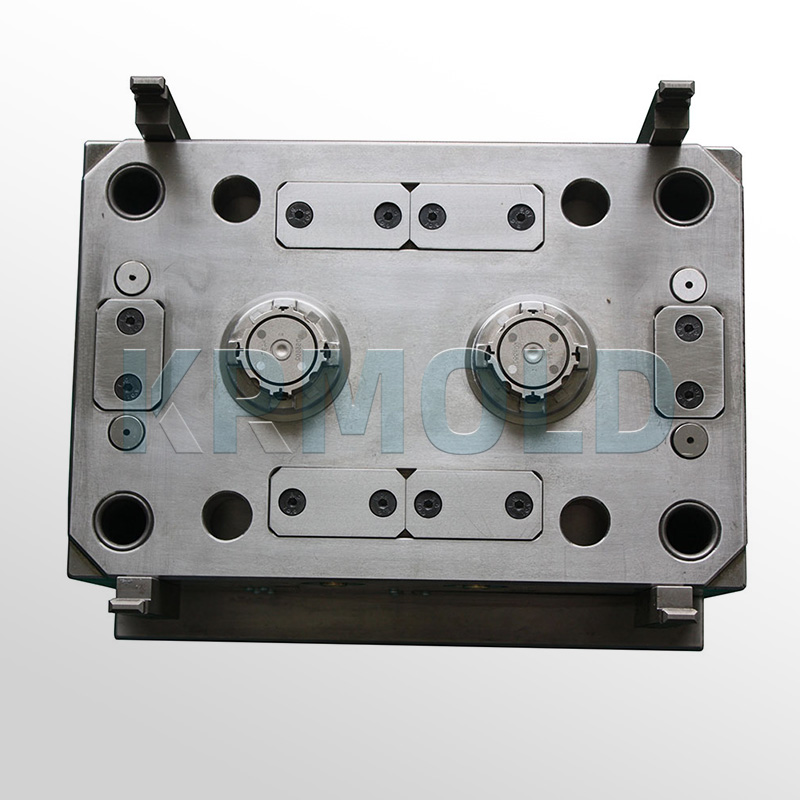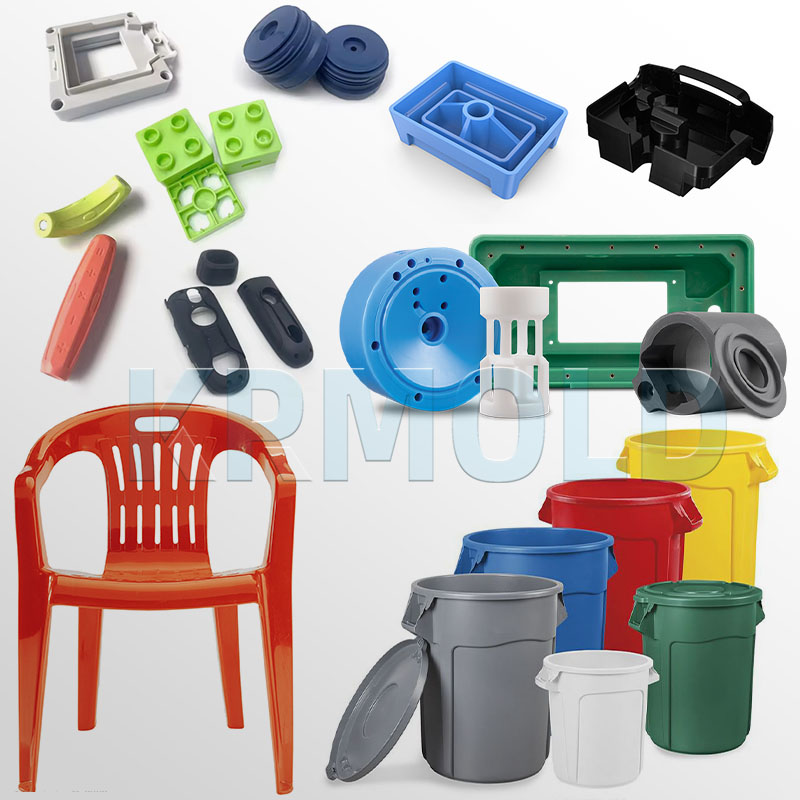
KINGREAL UNIVERSAL IND., LTD
Phone
+86-13702855825Performance of ABS injection molds in contemporary industrial manufacturing is directly correlated to the quality and manufacturing efficiency of goods. The hardness and toughness of the mold material are particularly significant variables influencing the mold life and processing efficiency, especially in the ABS injection molding. Proper selection and optimization of the hardness and toughness of the molding material can greatly increase the wear resistance and impact resistance of ABS injection mould, lengthen the mold's service life, and lower production costs. This article will explore in depth how to optimize the ABS injection molds material hardness and toughness in ABS injection mould processing. |  |
| 1 | Balance of Hardness and Toughness |
| 2 | Surface Treatment Technology |
| 3 | Heat Treatment Process |
| 4 | Processing Accuracy and Process Control |
| 5 | Regular Maintenance |
| 6 | Mold Design Optimization |
1. Balance of Hardness and Toughness
During mold design and processing, it is necessary to balance the hardness and toughness of the ABS injection mould. Too high hardness may cause the mold to break easily, while too low hardness may easily cause mold wear to increase. Therefore, it is necessary to reasonably select the balance point between hardness and toughness according to the specific use of the ABS injection molds and process requirements.
1.1 Influence of hardness
The hardness of the mold directly affects its wear resistance. ABS injection mould with too high hardness may break brittlely during long-term use, resulting in a shortened mold life. Therefore, when designing the ABS injection molds, the optimal hardness range should be selected according to the specific processing materials and process parameters.
1.2 The role of toughness
Toughness refers to the ability of a material to resist brittle failure. ABS injection mould with insufficient toughness are more likely to crack when subjected to impact or high load. Appropriate toughness can effectively extend the service life of the mold and reduce downtime losses caused by fracture.
2. Surface Treatment Technology
The use of appropriate surface treatment technology can significantly improve the hardness and wear resistance of the ABS injection molds. Common surface treatment technologies include carburizing, nitriding, hard chrome plating, etc.
2.1 Carburizing treatment Carburizing is a procedure where carbon atoms permeate the surface of steel, hence enhancing the hardness of the mold surface. The surface hardness of the mold after carburizing is over 60 HRC, which greatly increases wear resistance. 2.2 Nitriding treatment At high temperature, nitriding treatment penetrates nitrogen into the surface of the steel to create a nitride layer that improves ABS injection molds' hardness and wear resistance. Furthermore increasing the ABS injection mould’s corrosion resistance and so extending their service life can be done by nitriding.
2.3 Hard chrome plating A popular surface treatment technique called hard chrome plating produces a hard chrome layer over the surface of ABS injection molds. Along with enhancing the surface hardness, this layer raises the corrosion resistance and lubrication performance of ABS injection mould. |  |
3. Heat Treatment Process
The hardness and toughness of the ABS injection mould can be greatly enhanced by a sensible heat treatment method. Heat treatment operations like quenching and tempering improve the organizational structure of the mold, increase its hardness and strength, and maintain a particular toughness.
3.1 Quenching
Rapid cooling hardens the material in the process of quenching. Quenching generally enhances the hardness of most mold materials. After quenching, tempering treatment is needed to relieve internal stress and prevent brittle failure; it is therefore noteworthy.
3.2 Tempering
By changing the tempering temperature and duration, the hardness and toughness of the ABS injection mould may be precisely controlled to get the best state. Tempering is a heating operation done after quenching that can lessen material brittleness and so increase its toughness.
4. Processing Accuracy and Process Control
The key to maximizing the hardness and toughness of the ABS injection molds in the mold processing is ensuring processing accuracy and process control. Correct processing can ensure the geometric shape and dimensional accuracy of the mold, reduce stress concentration and cracks, and improve the service life of the ABS injection molds.
4.1 Precision machining High-precision machining technologies and equipment guarantee that the mold's form and size satisfy the design specifications. Precision machining not only lowers the wear of the ABS injection mould during application, but also significantly boosts the qualified rate of the product.
4.2 Process control Tight control of several process variables like cutting speed, feed rate, coolant consumption, and so forth during the mold processing process can lessen thermal stress and deformation produced during the ABS injection molding process and guarantee the steady performance of the ABS injection mould. |  |
5. Regular Maintenance
Regular upkeep of ABS injection mould is a critical step in preserving their hardness and toughness. Regular mold cleaning, lubrication of the mold, mold wear inspections, and immediate replacement and repair of damaged components can help to prolong the mold's service life.
5.1 Cleaning and maintenance
Proper cleaning of the ABS injection molds will help to avoid the buildup of impurities and dirt, therefore minimizing wear on the mold surface. Utilizing suitable cleaning tools and chemicals will guarantee the smoothness of the mold surface and enhance the quality of ABS injection molding.
5.2 Lubrication and maintenance
Proper lubrication can lower the rate of wear as well as the friction of the ABS injection mould during operation. To guarantee the smooth running of the mold, routinely check the condition of the lubricating oil and replace and replenish it as needed.
6. Mold Design Optimization
During the mold design stage, the mold's structural rationality and processing feasibility should be taken into consideration to effectively optimize the mold's hardness and toughness. Avoid overly complex structures and hole designs, reduce stress concentration and cracks, and improve the mold's stability and durability.
6.1 Structural rationality Reasonable mold structure design can effectively disperse stress and avoid local stress concentration. The stress of the mold should be considered during design to ensure that the ABS injection molds can be evenly stressed during use and reduce the risk of brittle fracture.
6.2 Processing feasibility During the design stage, the feasibility of the processing technology should be fully considered to avoid designing overly complex structures. If the mold design exceeds the processing capacity, it may result in substandard processing quality, thereby affecting the performance of the ABS injection molds. |  |